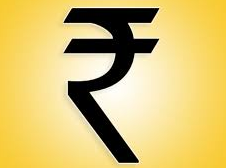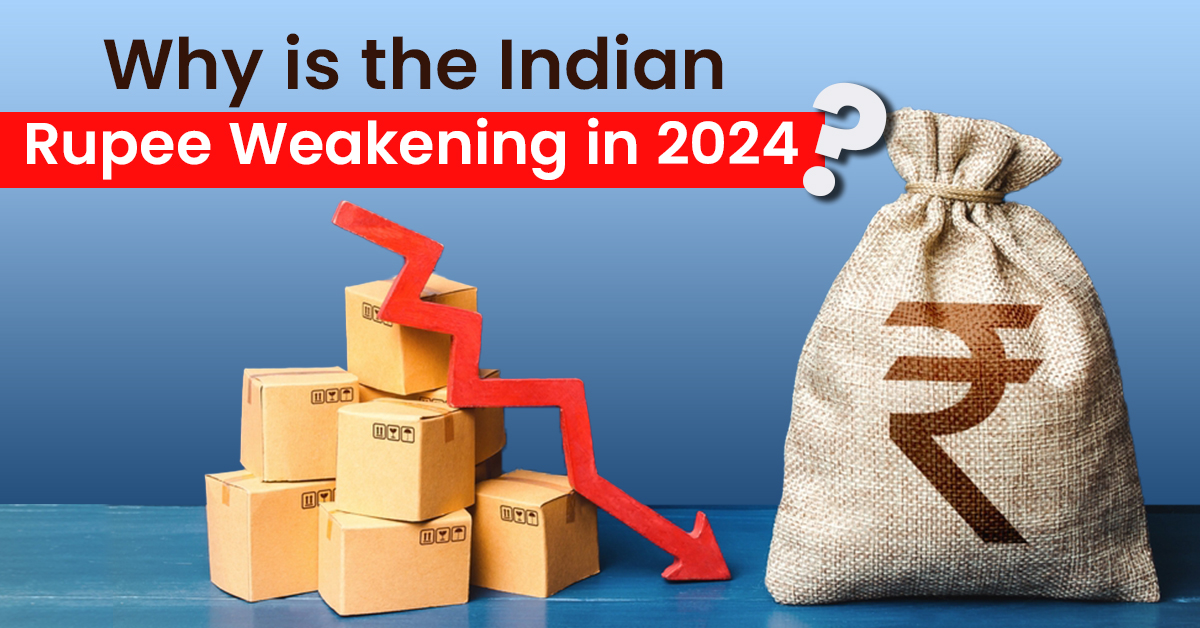Why is the Indian Rupee weakening?
 India’s economy suffered back in 1990 as the fiscal deficit decreased by 7.8% of the GDP and India was on the verge of being branded a defaulter in the Indian market. This had a significant impact on the value of the rupee. India had to make their export cheaper and import dearer.
India’s economy suffered back in 1990 as the fiscal deficit decreased by 7.8% of the GDP and India was on the verge of being branded a defaulter in the Indian market. This had a significant impact on the value of the rupee. India had to make their export cheaper and import dearer.
The economic crisis in 1990 played a role in 1992 when the rupee devalued and the exchange rate came to S1 equal to Rs.25.92. Since then, the value of the Indian rupee has started to decline, and it is currently worth Rs.83.47 as we write this article.
India has a robust economy with a large and diverse workforce, a growing middle class, and a vibrant services sector.
The Indian rupee has been experiencing a paradox in 2024: despite gains in the equity markets and rising foreign exchange reserves, it has weakened against the dollar. Let’s delve into the reasons behind this phenomenon:
- Geopolitical Tensions in West Asia: These tensions have caused volatility in global markets, leading to crude oil prices hovering around $90 for Brent crude, the highest in five months. India, being a significant crude consumer, is adversely affected by rising oil prices.
- US Federal Reserve Rate Cuts: Many analysts expect the US Federal Reserve to postpone its rate cuts to next year due to the strengthening US economy. Higher interest rates in the US attract global funds away from emerging markets like India.
- Foreign Institutional Investors (FIIs) Selling: Foreign investors have been selling shares in Indian markets. This trend is driven by high valuations in Indian stocks, allowing them to book profits when other markets are subdued.
- Dollar’s Strength: The US dollar index has appreciated significantly since April 2014, moving from 79.49 to 106.22. During the same period, the rupee depreciated from 59.9 against the US dollar to 83.54. While the rupee has weakened over the past decade, recent volatility reflects the dollar’s strength.
- Forex Reserves: India’s forex reserves of $648 billionare the third-highest globally. However, unlike other export-led economies, India’s reserves primarily consist of liabilities (dollars bought by foreign institutional investors). The Reserve Bank of India (RBI) sells dollars when these investors repatriate their investments.
- Impact on the Economy:
-
- Imports Costly: A weak rupee makes imports more expensive, contributing to inflation.
- Current Account Deficit: A significant strengthening of the rupee could harm India’s current account balance by increasing imports and hurting exports.
- Imports Costly: A weak rupee makes imports more expensive, contributing to inflation.
- Current Account Deficit: A significant strengthening of the rupee could harm India’s current account balance by increasing imports and hurting exports.
- Trade Deficit: Another factor is India’s trade deficit. This means India imports more than it exports. To pay for those imports, India needs to buy foreign currency, which weakens the rupee. High oil prices can also worsen the trade deficit, as India relies on imports for much of its oil.
Sometimes a central bank, like the Reserve Bank of India (RBI), might allow the currency to weaken a bit. This can make exports more competitive and encourage foreign investment. However, the RBI will likely try to prevent the rupee from weakening too much.
Overall, a strong economy is a positive sign, but it’s not the only factor that affects currency exchange rates. The global financial climate and trade flows also play a significant role.
Balancing Act:
-
- A weaker rupee can benefit exporters by making their goods more competitive in international markets.
- However, it also makes imports costlier, contributing to inflation.
- A balance between a competitive exchange rate and overall economic stability is crucial.
If you’re interested in understanding the intricacies of India’s currency movements and global trade dynamics, iiiEM’s Export-Import Business Training Program is the perfect next step. Designed for aspiring entrepreneurs and professionals, this program equips you with the skills and knowledge needed to navigate the world of international trade.
Learn about market strategies, export-import policies, documentation, and much more with hands-on practical sessions led by industry experts. Kickstart your career in global trade with iiiEM today!
In summary, while a weak rupee may raise concerns, it does not directly correlate with the overall strength or weakness of India’s economy. A holistic assessment of economic indicators is essential to understand the country’s economic health.

